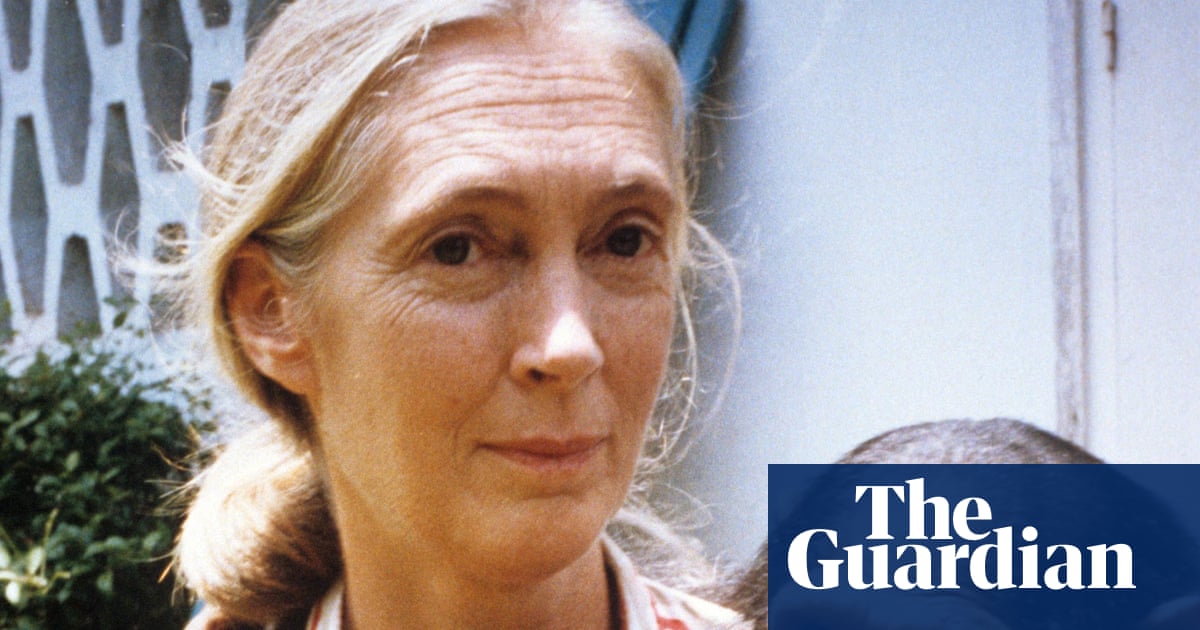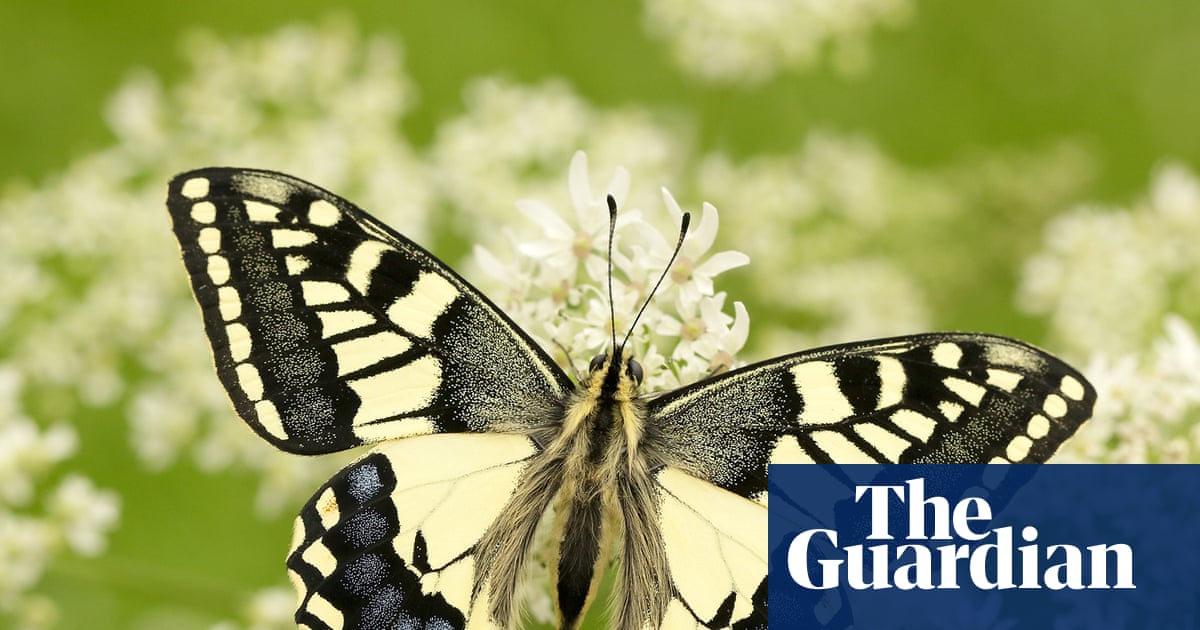PROTECT YOUR DNA WITH QUANTUM TECHNOLOGY
Orgo-Life the new way to the future Advertising by AdpathwayA sudden thud made me look up from my work. A stack of books sprawled across the floor. There were folders too, the contents fanned out like a deck of cards. In the middle, unperturbed by the mess it was creating, a pheasant coucal sauntered down the hallway. The bird was a feathered wrecking ball.
In those days, I lived in a traditional Queenslander. The hall was once a veranda running the full length of the house. It had been enclosed with louvres to make a pleasant, airy office. I’d leave the door open to catch the breeze. To wildlife, an open door is an invitation. I’d been visited by a grey fantail, an entire family of pied butcherbirds and a brush-turkey, who had entered with uncharacteristic stealth and made off with a shoe. This was the first pheasant coucal.
Pheasant coucals are big, awkward, unpredictable birds who swing wildly between confidence and confusion. They can fly, prefer to walk. A creature of contradictions, sometimes they swagger, other times skulk.
They’re cuckoos, but are the most un-cuckoo-like of Australia’s 12 species. The other 11 are brood parasites, laying their eggs in other birds’ nests. The involuntary foster parents are flat out providing food for the demanding cuckoo chick. If they recognise the exceptional size and unusual appearance of their new offspring, they never let on. They keep stuffing insects into its open beak until it leaves them for an independent life.
Not pheasant coucals. They weave a nest from grass blades and care for their young. Their impossibly scruffy chicks look as though they’ve rolled in every strand of fluff from under the couch. They start dishevelled and continue that way through adult life. Those finely marked feathers, coloured like dead leaves, wear and fray as the birds push their way through lantana thickets and Guinea grass.
My coucal caller was in breeding plumage with black replacing the autumnal shades on its head and breast. But not the shining black of a raven, the no-nonsense black of a magpie or the light-swallowing black of a riflebird. This was a dusty, faded black. A perfect coucal black.
The coucal eventually found its own way out of the house, leaving in the same way it had entered: with an air of bravado, a hint of bewilderment and a trail of books and paperwork.
Pheasant coucals are uncool, uncoordinated and uncertain how to make their way through life, but they give it their best go. To me, that’s what makes them the most relatable of birds. I am a coucal. We are all a bit coucal.


 11 hours ago
1
11 hours ago
1





















 English (US) ·
English (US) ·  French (CA) ·
French (CA) ·